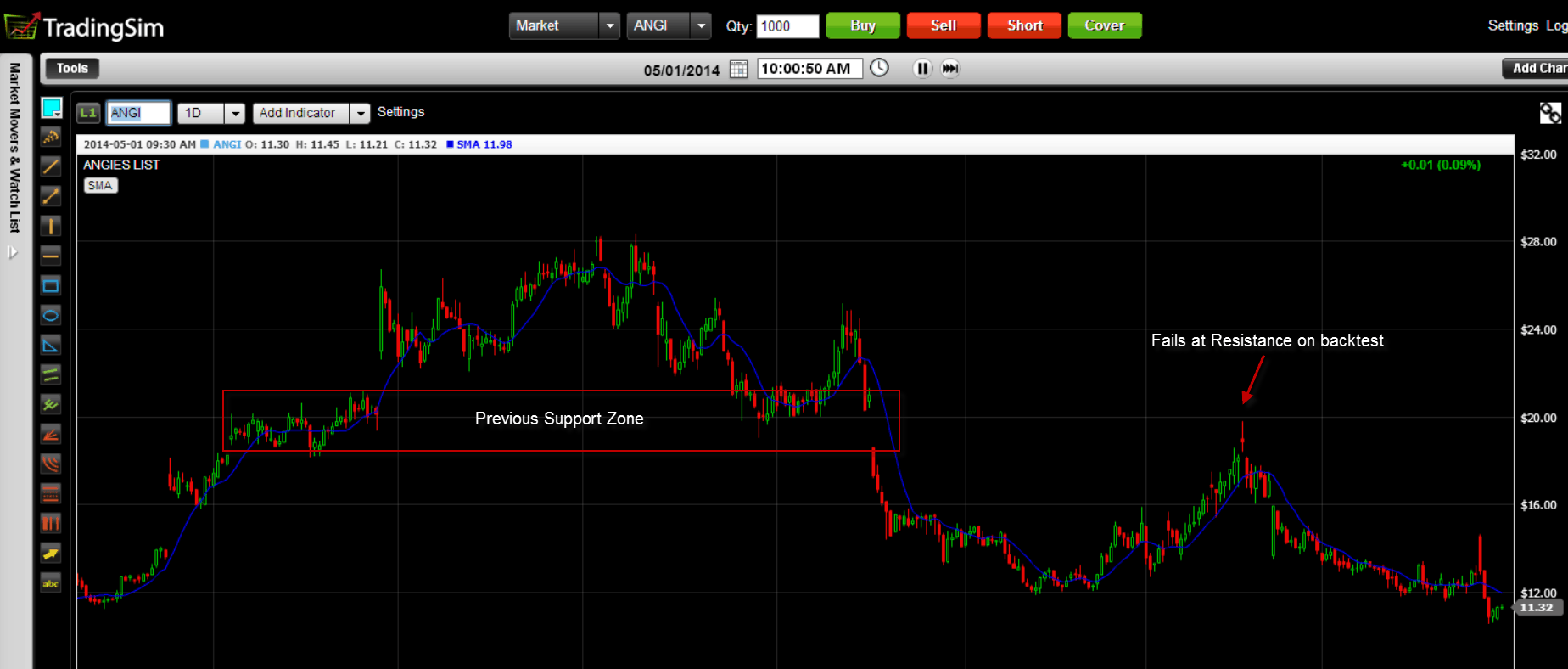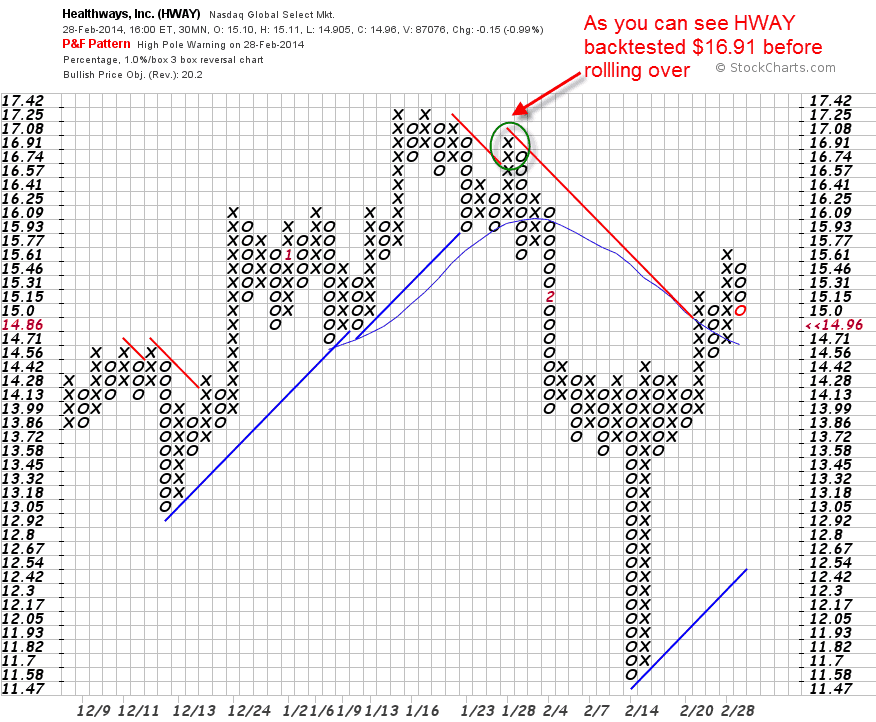Trading stocks is a daunting task and turning a profit trading stocks is even more difficult. There are literally thousands of books and articles on the web related to trading and the path to riches.
Each author has their theories of how best to trade, but how do you make sense of it all. Well, in this article I will cover a simple approach for how to make money trading stocks focusing on 6 key components.
So, What’s the System?
First off, you need to have your own edge for trading. Quite frankly, it can be anything as long as you have taken some time back testing the system and have had some success.
Just to back up for a second, the title of this section may throw you off a bit. You are probably saying to yourself that the strategy is what makes you successful, and this couldn’t be the furthest thing from the truth.
I could spend days or even weeks training you on the best strategy and you are still likely to find a way to sabotage your own success. After all, only 10% of traders turn a profit in this the greatest of all games – investing.
The truth of the matter is that the system is really just the tool. You my friend are the key to your success when it comes to trading stocks.
Don’t Overlook the Importance of Money Management

After you have been trading for some time, you will quickly realize that picking winners is only a portion of the success equation. Money management is right up there at the top of the list, which is why I am starting with this topic.
First off, you don’t need to use much margin or any margin at all. If you are any good, you will be able to grow your account exponentially from your hard work.
Next, whether you are day trading or swing trading, never use more than 33% of your account on any trade. This way if you somehow manage to completely blow up your account on a trade, at most you will lose a third of your account.
While this would represent a major setback, you will still be in the game.
So, if you feel the need to hit a home run – get over it. Trading is a business and should be treated as such.
Stop Loss are a Must
You have to know when you are wrong on a trade and more importantly. you need to get out using a stop loss when this occurs. To this point, for day traders, you never want to lose more than 2% on any trade.
For swing traders, you never want to lose more than 11%. You may ask why these percentages. Which is a fair question.
For day trading, based on the volatility I trade, after a 2% loss I am either headed for a much larger bath or the stock has very little chance of recovering and turning me a profit.
For swing trades, I tend to give the stock more room as I am operating on a larger time frame and have a longer holding pattern. Hence, 11% gives me enough breathing room to avoid a shakeout.
Again, since you are using a maximum of one third on any position, when day trading you would lose only .66% of your portfolio and when swing trading 3.67%.
With numbers this small, odds are in your favor that you will be able to stay in the trading business long enough in order to figure out how to exponentially grow your account.
Set a Profit Target

I have done both – not set profit targets and have set prices where I exit the position no matter what. While not setting profits is far more exciting and I will occasionally hit a home run, for consistent profits, exiting at profit targets has always made me the most money.
When day trading, there are two targets I like to use. The first is 1.68% as this is slightly below 2%. You may ask yourself why this number. Well, it’s actually a simple answer. For starters, I buy or sell breakouts and these will often only run to a point before reversing. Secondly, I like to trade stocks with some volatility but not too much. For this reason, the stocks I trade will often begin to go flat or reverse right around the 2% mark, hence I exit before this level is touched.
Once you get in a good rhythm and are able to judge when it’s best to exit a position, the next profit target up which I now use is 4%.
Going back to the previous section regarding stop loss, this gives me a 2 to 1 reward risk ratio. In reality, the 2% loss is rarely triggered, so my true reward risk ratio will land in the 3 to 1 range.
For my swing traders the profit target I use is 35%. This represents a healthy gain, but not too crazy where you may find yourself looking for the home run.
While 2% and 35% represent the targets, you also have to realize these are just that – targets.
While a stock is moving in your favor, at times they will not hit your target.
Therefore, as part of your system, you need to identify a method for trailing your profits, so if the stock has a change in plans, you can exit the trade with a profit.
There is nothing worst in trading, then letting a winner turn into a breakeven trade or a losing one.
For all you artist out there that say let the market run, why limit your gains. I’m over it. For me, taking the money out of the market and putting it in my pocket is the only way I have been able to generate a steady equity curve over the years.
Whenever I start to get cute and try to make a trade into more than just a trade, I get in trouble. Please don’t make the same mistake.
Yes, You Need a Time Stop

For some reason, I feel like I’m the only guy talking about time stops. For those of you unfamiliar with the concept, a time stop is when you exit a position after a certain period of time if the stock is not performing as predicted.
You may have heard traders say time and time again, let your winners run and cut your losers. Well, what happens when your losers are not triggering your stop loss, but have not hit your profit target?
This scenario would result in me just sitting in the position, with my fingers crossed or worst paralyzed.
To help alleviate this symptom, please say hello to your new best friend – the time stop.
After I purchase a stock between 9:50 and 10:10 am, if the stock does not move within 30 minutes, I will exit the position.
Since I trade breakouts in the morning, if the stock is still unsure of itself 30 minutes after breaking out, then something is clearly wrong with the move.
For swing trading, I give my position 3 weeks to do something. If after 3 weeks, I am staring at a small gain or loss, I just exit the position and look for other opportunities.
The time stop is the key to making sure you avoid the negative impacts of opportunity costs of sitting in a position too long. There is always another trade and it is your job to find the next trading opportunity.
Some people may get rich off one trade; however, to make a living at day trading you will need a track record with literally thousands of trades.
Take Money Out of the Market
Look around the web and you can count on one hand how many articles talk about the need to take money out of the market.
Every blogger and trading guru is willing to tell you how to make the money, but none of them talk about out to grow your account, while still maintaining a healthy relationship with the money in your account.
To be blunt, if you never take the money out of your account, you will never have an appreciation for the digital numbers making up your account balance on your monitor.
If you are trading for a living, you will obviously take out the necessary money to pay your bills.
However, what if you have a day job and don’t necessarily need to pull out any cash – how much should you reinvest?
I have struggled with the percentages over the years and I think my struggle really boiled down to greed. I always wanted more, so it never occurred to me to take money out even when I had windfall trades of 100k.
To help fight this naive view of money, I now take out 10% of trading profits on every trade. The only requirement I have is that my account must make a new high in order for me to withdraw funds.
Therefore, if I make money in the market, 10% of the profits flow through to my checking account. This allows me to realize the value of the money and it also allows me to share with my family the fruits of my labor.
Remember, your family is going along with you on this journey and more than likely, they didn’t ask for a ticket. So, it’s important that you are able to share the successes with those close to you so they can share in the spoils of success.
In Summary
Trading comes down to the following 6 key components:
- Decent trading system (again not the most important component)
- Money Management
- Stop Losses
- Profit Targets
- Time Stops
- Pay Yourself
I tried to fit it all on one hand, but I went over by one. As you can see, this is a short list. If you incorporate these items into your trading system, you will do just fine.
Much Success,
Al
Photo Credit
Money Management by Morgan
Profits by KMR Photography
Time by Heiko Klingele




































